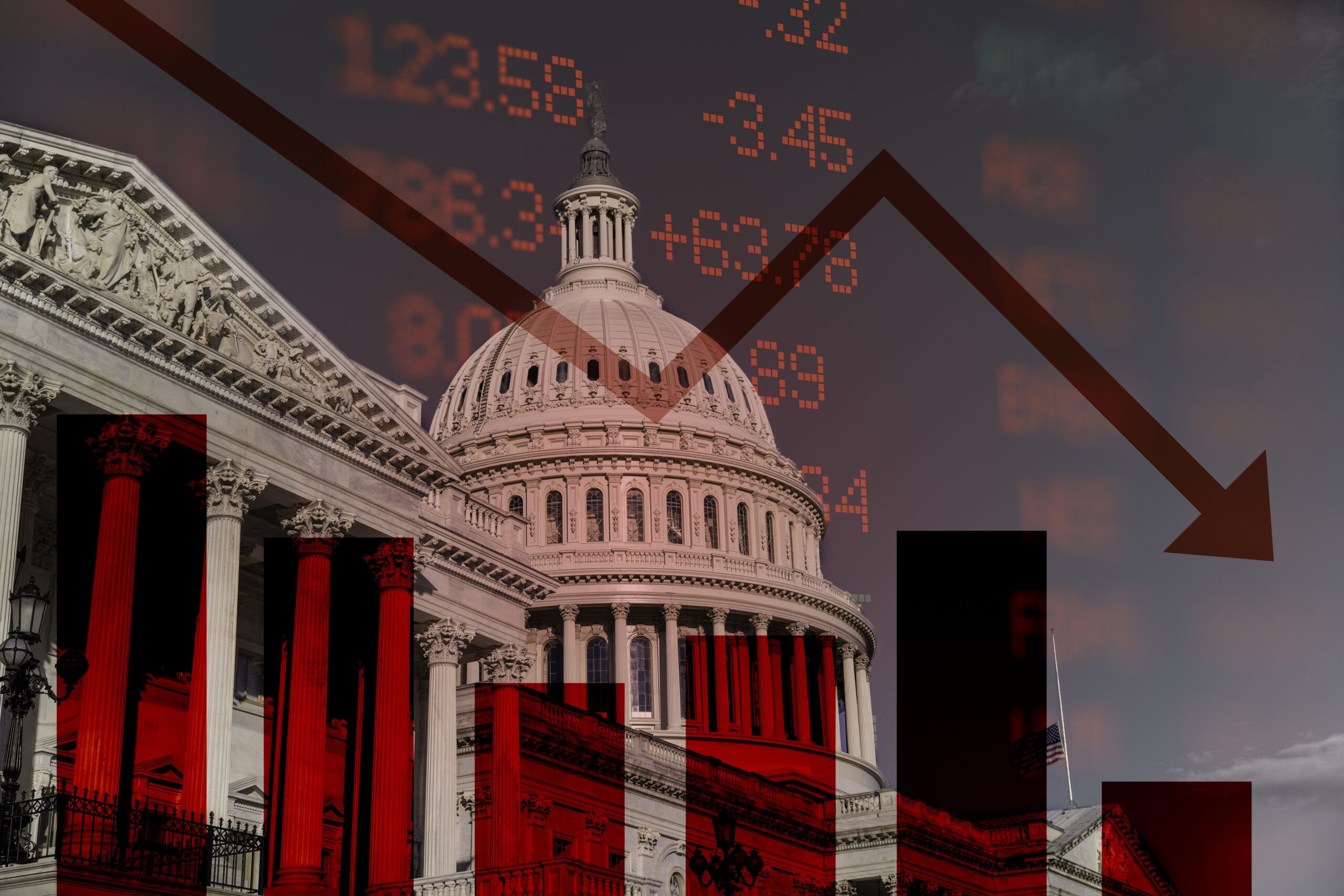
With shoppers starting their holiday spending earlier than ever, the stretch from October to New Year’s is now the most demanding period for ecommerce. Customer orders rise sharply, ad budgets climb, delivery windows tighten, and logistics networks operate at their limits.
This year, the U.S. federal government shutdown is adding another layer of complexity. Shutdowns are not new, but this overlap with peak holiday season raises the potential for broader ripple effects, from slowed imports to shifts in consumer spending.
Here’s how this shutdown may reshape the 2025 holiday commerce season, and what you can do to prepare.
Lessons from past shutdowns
We don’t need to speculate on what this shutdown means for commerce. Past shutdowns give us a clear playbook.
2013 (16 day shutdown): estimated cost of $24 billion in lost output
- FDA and EPA paused import approvals, delaying shipments.
- The Commerce Department furloughed thousands, halting trade data releases.
- Tourism took a hit as national parks and attractions closed.
2018–2019 (35 day shutdown): estimated $11 billion in lost GDP, with $3 billion permanently lost
- The Small Business Association (SBA) loan processing froze, leaving small businesses without capital.
- Southwest Airlines lost $60 million from reduced demand.
- Local retail and restaurants near federal hubs saw sales slump.
The shutdown patterns are clear: consumer spending dips, supply chains clog, financing dries up, and businesses are left with less visibility into the market.
Beyond the operational impact, shutdowns also reduce discretionary spending. In past shutdowns, thousands of federal workers and contractors missed paychecks or were left in furlough limbo. That loss of income directly curbed spending, and the uncertainty spread to the broader workforce, making even non-federal employees more cautious. Travel, restaurants, and retail were among the hardest hit. For ecommerce, categories like electronics, fashion, and luxury goods face the most pressure, while essentials and budget-friendly products tend to remain more stable.
Inventory shipping risks
Large retailers often stock holiday goods by August or September, but smaller sellers and replenishment orders may still be on the water or sitting in customs. During the 2013 shutdown, import approvals stalled for weeks. This year, goods not yet in U.S. warehouses face the greatest exposure.
Financing bottlenecks
During a shutdown, the SBA stops its core lending operations, including new loan approvals, existing applications, and other federal business support programs. In 2019, many small sellers couldn’t secure capital for ad campaigns or inventory.
Data blind spots
Shutdowns have historically delayed government economic reports like retail sales, jobs numbers, and GDP. Without these signals, forecasting demand gets harder. With less data coming in from the government, ecommerce sellers need to rely more heavily on their own marketplace analytics.
Holiday risk timeline
- October: Early shopping starts. Sellers should already have core holiday inventory in the U.S. If not, customs or certification delays could become costly.
- November (Black Friday/Cyber Monday): Carriers hit peak load. Any bottlenecks at ports or inspections add strain to already tight delivery schedules.
- December: Replenishment stock and last-minute imports are most vulnerable. Delays here could mean stockouts, missed sales windows, or reputational damage if delivery promises fail.
Holiday readiness checklist
- Audit your inventory: Use a risk matrix: low risk if already in U.S. warehouses, high if still in transit, very high if not yet shipped.
- Secure financing now: Line up private credit or alternative funding; don’t rely on SBA loans being processed in time.
- Scenario-plan for demand dips: Model what happens if conversions fall 5–10% in Q4.
- Stress test logistics: Work with customs brokers, diversify carriers, and prepare contingency shipping routes.
- Rely on your own data: Marketplace and transaction data will matter more than delayed government reports.
- Communicate with customers: Set realistic delivery expectations early. Transparency builds trust, especially during holiday season.
Resilience as the best defense
Government shutdowns eventually end, but their ripple effects can last.
Past shutdowns show us that financing delays, regulatory bottlenecks, and consumer pullbacks are predictable risks. What’s different this year is timing: those risks now intersect with the most important quarter of the ecommerce calendar.
According to Rithum’s 2026 commerce readiness index, 91% of retailers and 87% of brands already say that pricing power is shaped more by government policy and economic conditions than by their own strategies. Even without the current shutdown, building resilience into pricing, supply, and operations is the best way to manage any external shock, whether it be from a government shutdown or the more everyday impacts of regulation, trade policy, etc.
Preparation is everything. By securing inventory, diversifying financing, and building agility into logistics and marketing, ecommerce sellers can protect their holiday season against political gridlock or any other unexpected disruptions.
 Back to all
Back to all








